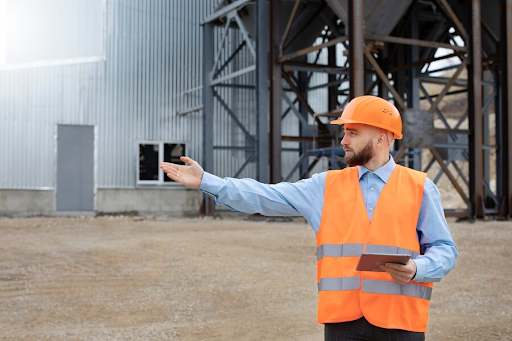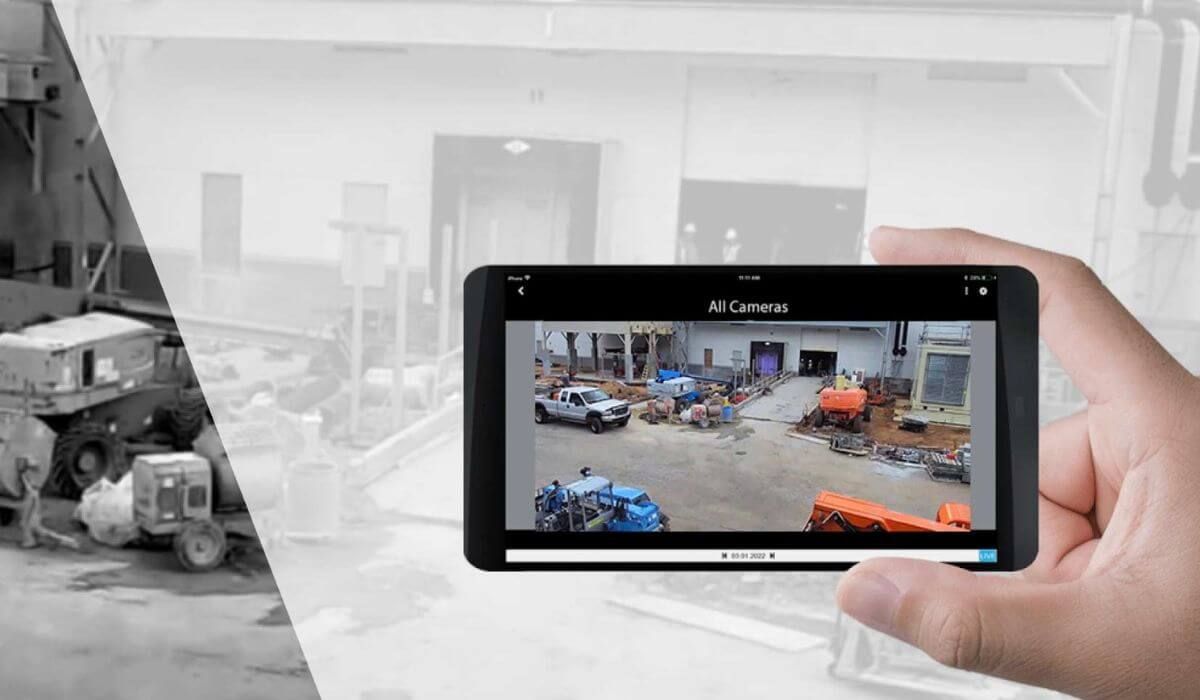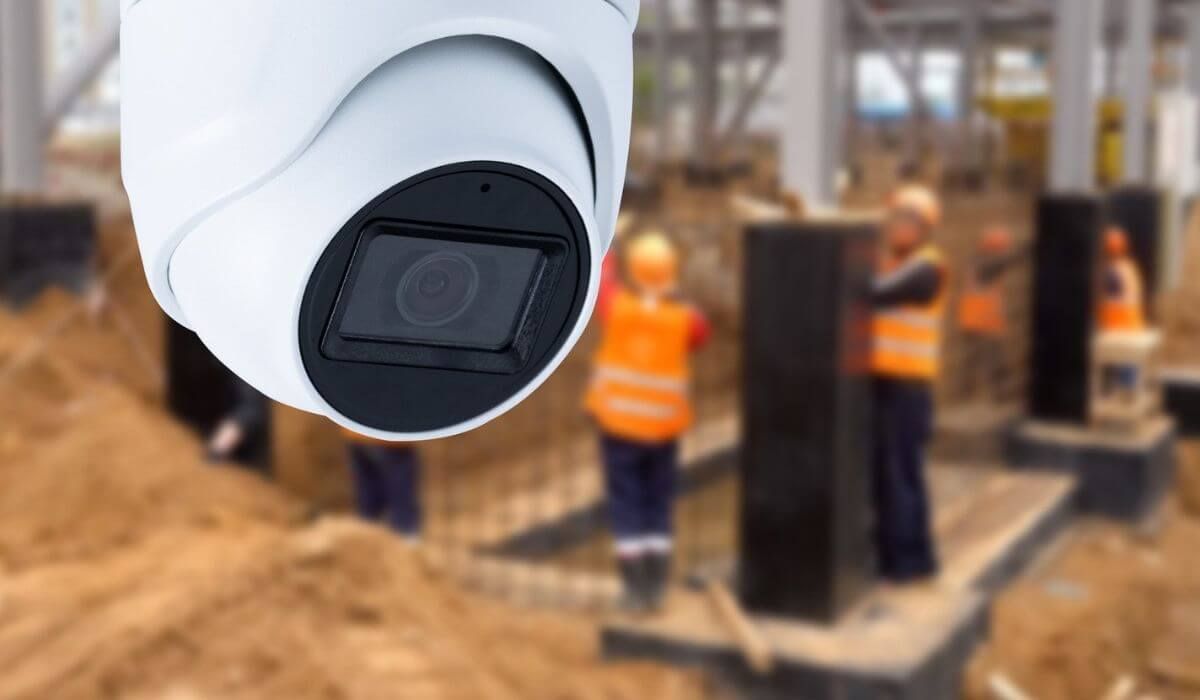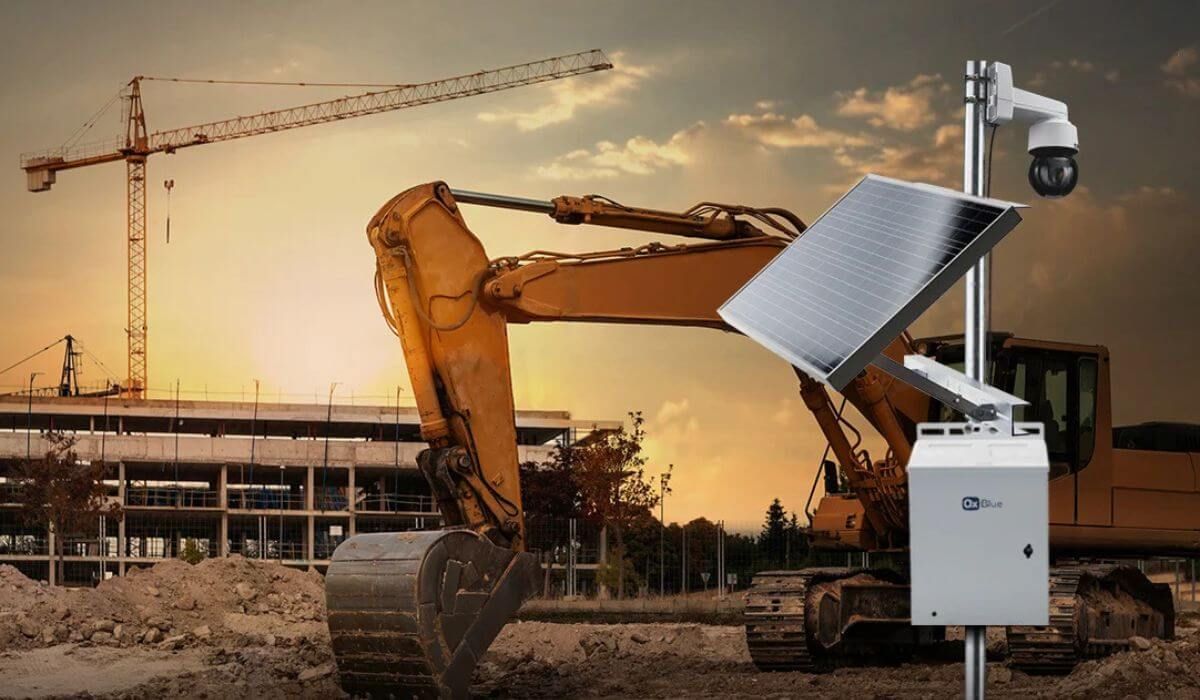Choosing Between Wireless and Wired Cameras for Construction Sites
Security is a top priority on construction sites, where valuable equipment, materials, and sensitive project information are often at risk. Implementing an effective surveillance system is crucial for monitoring activities,
preventing theft, and ensuring site safety. When it comes to selecting the right type of security camera, construction managers face a critical choice between
wireless and
wired systems. This decision significantly impacts the effectiveness of the surveillance and the overall security of the site. Let's explore the differences between these two options to help you determine the best fit for your construction site's unique needs.
Overview of Wireless Security Cameras
Wireless security cameras offer a modern and flexible solution for construction site surveillance. These cameras connect to the internet via Wi-Fi or other wireless technologies, allowing them to transmit video footage without the need for physical cables. This wireless setup provides significant advantages, especially in dynamic and changing environments like construction sites.
Benefits of Going Wireless
The primary advantage of
wireless cameras is their
ease of installation. Without the need for extensive cabling, these cameras can be set up quickly and moved as the construction site evolves. This
mobility makes wireless cameras particularly suitable for sites where the layout frequently changes or where access to power sources may be limited. Additionally, wireless systems can be expanded easily, accommodating the growing needs of larger or multi-phase projects without the constraints of physical wiring.
Advantages of Wired Security Cameras
Wired security cameras are known for their
reliability and
stability. These systems are hardwired to power sources and network connections, ensuring a constant and uninterrupted power supply and data transmission. This dependable connection is a key consideration for construction sites where continuous monitoring is essential.
Why Choose Wired Cameras?
The high-quality video output of wired cameras is often superior to that of wireless systems, especially in environments with potential interference. Wired systems are less susceptible to disruptions caused by signal interference, which can be a concern on busy construction sites with heavy machinery and equipment. The dependable connections offered by wired cameras ensure that your surveillance system remains operational, providing clear and consistent footage.
Comparing Installation Costs and Complexity
When deciding between wireless and wired cameras, it's essential to consider the installation costs and the overall complexity of setting up each system. Wireless cameras generally have lower upfront installation costs due to the absence of extensive cabling. However, they may require more maintenance over time, particularly in terms of battery replacement and network troubleshooting.
In contrast,
wired systems often have higher initial setup costs due to the need for professional installation and cabling. However, these systems tend to be more durable and require less ongoing maintenance, offering
long-term value that can offset the higher upfront investment. Additionally, wired cameras provide consistent performance, which can be particularly beneficial for large or complex construction sites.
Cost-Benefit Analysis of Camera Installations
When conducting a
cost-benefit analysis for your construction site, consider not only the immediate expenses but also the long-term implications of your choice.
Wireless systems may be more cost-effective for short-term projects or sites with limited infrastructure, while
wired systems are often the better option for larger, long-term projects where reliability is paramount.
Security and Vulnerability: Wireless vs. Wired
Security is a critical factor when choosing between wireless and wired cameras. Wireless cameras are more vulnerable to hacking and signal interference, which can compromise the integrity of your surveillance system. However, modern wireless systems often include encryption and other security measures to mitigate these risks.
On the other hand, wired systems are inherently more secure due to their physical connections. These cameras are less susceptible to hacking and provide a more tamper-resistant solution for construction sites that require robust security.
Enhancing Camera Security
Regardless of the type of camera system you choose, taking steps to enhance security is essential. For
wireless cameras, ensure that your network is secure with strong passwords and encryption. Additionally, consider using
physical tamper resistance measures, such as protective housings, to safeguard both wired and wireless cameras from vandalism or damage on the construction site.
Conclusion
When it comes to choosing between
wireless and
wired cameras for your construction site, there is no one-size-fits-all solution. The decision should be based on your specific site requirements, budget, and desired level of security.
Wireless cameras offer flexibility and ease of installation, making them ideal for dynamic environments.
Wired cameras, on the other hand, provide reliable performance and high-quality video, making them a better choice for long-term projects.
FAQs About Construction Site Security Cameras
What are the key considerations when choosing cameras for large construction sites?
When selecting cameras for a large construction site, consider factors such as area coverage, connectivity options, and integration with other security systems. It's important to choose a system that can scale with your project and provide comprehensive surveillance across all site areas.
Wireless cameras can operate in remote areas, but their effectiveness depends on the strength and reliability of the Wi-Fi signal. For extensive or remote sites, you may need to use signal boosters or consider a hybrid approach that combines wireless and wired systems to ensure full coverage.




